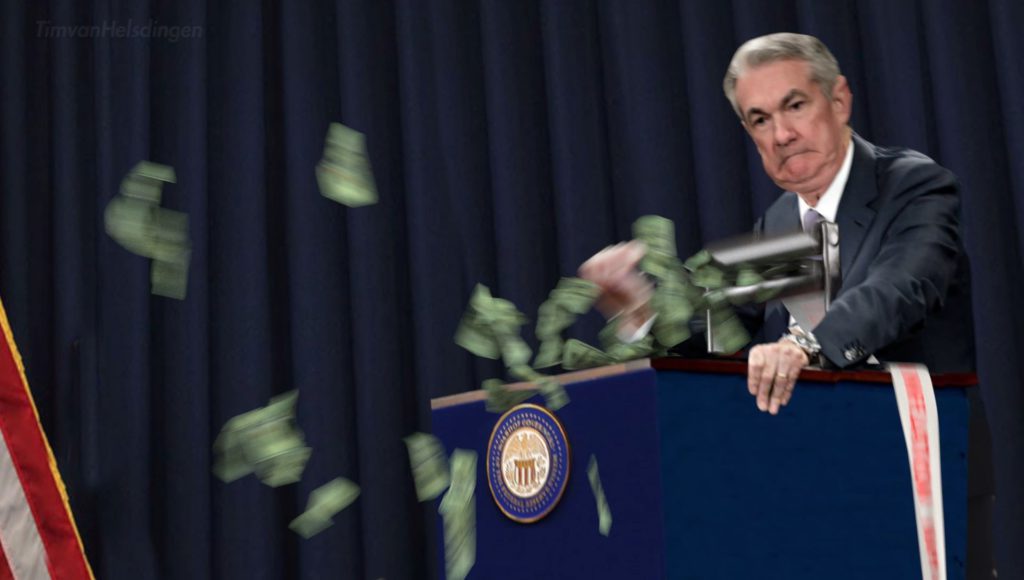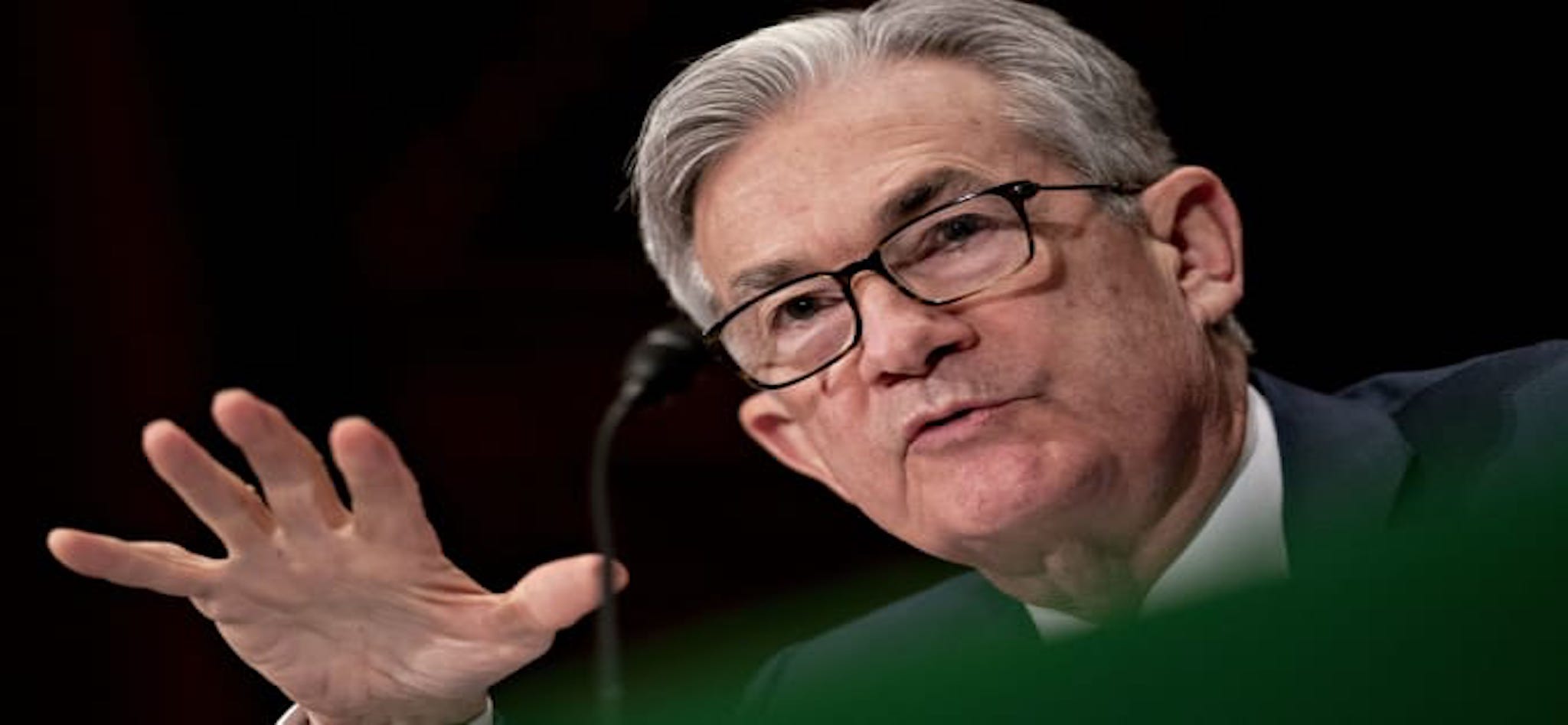- Fed Chairman Jerome Powell will speak Thursday during a virtual version of the Fed’s annual Jackson Hole, Wyoming, conference.
- Powell is expected to outline what could be the central bank’s most active efforts ever to spur inflation back to a healthy level.
- “Average inflation” targeting means the Fed will allow inflation to run higher than normal for a period of time
- The effort will be the reverse of former Fed Chairman Paul Volcker’s rate hikes instituted to quash inflation in the 1980s, speculation points to rates being lowered.
Powell, the central bank chief since 2018, is likely to detail a set of measures aimed at pushing inflation higher amid a coronavirus pandemic that has dragged the U.S. economy into one of its darkest hours.
While the average consumer might find it absurd to want to raise the cost of living, central bankers and economists see too little inflation also as a problem. It often reflects a slow-moving economy with a low standard of living. On top of that, the accompanying low interest rates give policymakers little wiggle room when crises happen and there’s a need to loosen policy.

That’s why Powell, who will speak Thursday during a virtual version of the Fed’s annual Jackson Hole, Wyoming, conference, will outline what could be the central bank’s most active efforts ever to spur inflation back to a healthy level. The speech is titled “Monetary Policy Framework Review” and wraps up a yearlong examination both among central bank officials and with the public, during a series of open events, on what policy should look like in the future.
One phrase Powell is likely to use is “average inflation” targeting.
Simply, it means that the Fed, which has pegged 2% as a healthy level, will let inflation run higher than that for a while if it has spent a considerable time beneath that level. The Fed’s preferred inflation gauge has stayed below that level for all but two years since the Great Recession ended in mid-2009.

